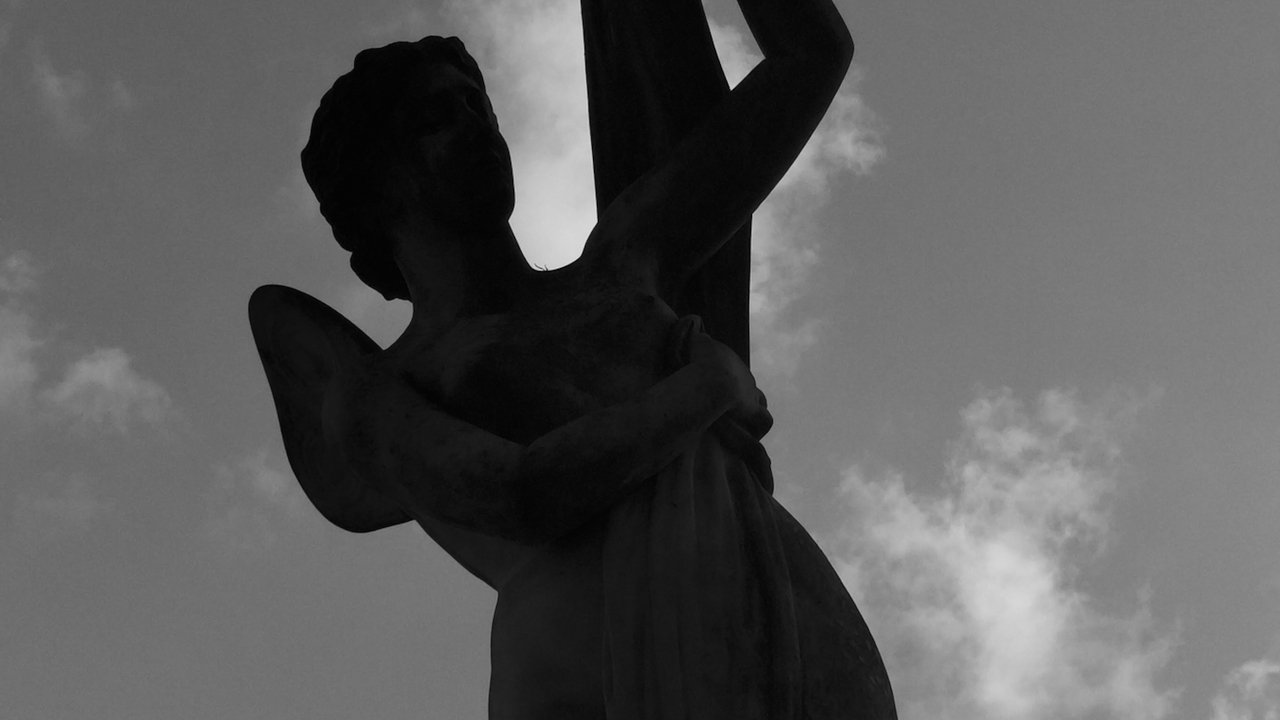Fractured
What creates the chronology of a story?
Lisbon 2017
In her 1968 essay on Jean-Luc Godard, Susan Sontag recounts a conversation between the director and Georgs Franju at the Cannes Film Festival.
“But surely, Monsieur Godard,” the exasperated Franju is reported to have said, “you do at least acknowledge the necessity of having a beginning, middle, and end in your films.” “Certainly,” Godard replied. “But not necessarily in that order.”
Godard is—in what may come as a surprise—still making films, some fifty years after that remark. And taste, it seems, has finally caught up to his inclinations about storytelling: How many contemporary novels have you read that begin at the ending? How many recent Hollywood productions open with a flash of the climax? Doesn’t it seem that nearly all dramatic stories today have a fractured storyline? Perhaps the most rebellious contemporary structure, for a writer endeavoring toward the avant-guard, is a story with a clear beginning, middle, and ending.
There is, admittedly, some rational to the method of fractured narratives, especially if the goal is suspense. Beginning with the ending is how most people tell stories already, though few seem to notice. “Something happened to me at the bank today,” is the first sentence about a robbery or windfall, and that opening comes before any other background information is explained; the start of a story about witnessing a bank robbery isn’t, “this morning I woke up a little groggy, but I made a nice cup of coffee, and then I started to read the news.” Without much forethought, the natural inclination is to open with a tease of the climax.
Storytellers have recognized that hows are typically more fascinating than whats. If the character is walking down the hallway, we’re reading for whats. What’s happening? What will happen? What could happen? But if the ending is already known, or even hinted at, readers stretch toward the more fascinating hows: How will it happen? Hollywood, in particular, favors those situations of dramatic irony, recognizing the potential for suspense. In these scenes, you’re already aware that the axe murderer is behind door number three, but the character you’re following doesn’t yet know.
Sequencing is the most curious aspect of storytelling, as it’s the very aspect of craft that defines a story, yet it’s also what makes the process unrealistic. Nobody lives with clear starts and finishes although that’s what good stories demand. The slicing of life into discrete points of departure and arrival, that delineation itself, the creation of artificial order from real chaos, is itself the act of storytelling.
A typical Godard film certainly pushes this further—occasionally denying any sense of chronology, character, plot, even removing point of view from the audience, or—as a personal favorite—having whispered scenes of dialogue just beyond the audience’s hearing. Somehow it usually works even when it’s close to incomprehensible.
One slippery aspect to the paragraphs above is my merging of novels and film, of barroom yarns and literary narratives. A good case can be put forth to separate these categories, as each certainly has its own language and perimeters. A fairy tale isn’t a pulp novel. A Godard film isn’t a thriller. What does emerge from these paragraphs and categories, however, is a focus on time. Leonard Bernstein, who found his craft in another discipline, has a quote that comes to mind here:
The conductor is a kind of sculptor whose element is time instead of marble.
The first hints of narrative emerge from these decisions about time, in choices of sequence, in the art of framing—all those judgements of what to include and exclude. It’s the simple art of selecting what comes first and what comes last.




